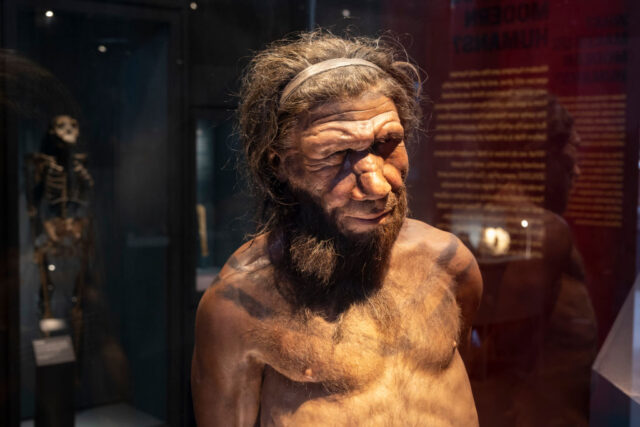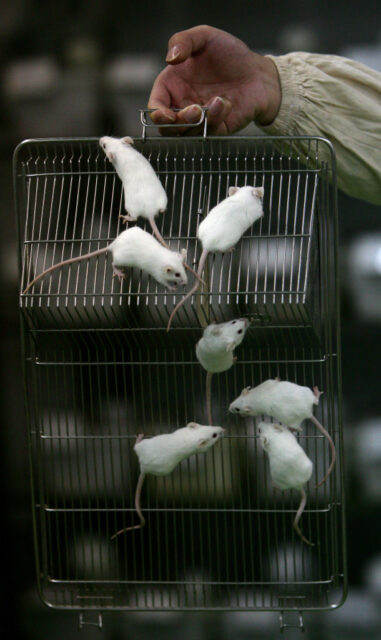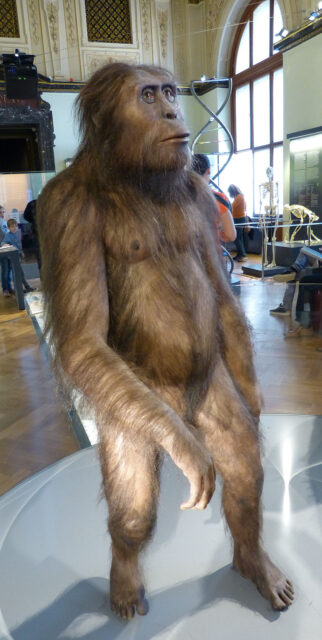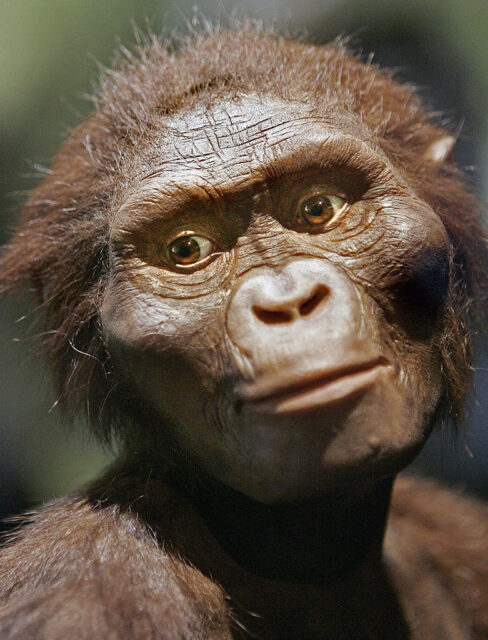Along with having the ability of abstract and symbolic thinking, an intricately developed culture and two opposable thumbs, the biggest difference between us and our primate relatives is the lack of hair on our bodies. Many would disagree with the claim we lack hair (and the waxing and hair removal industries are there to confirm this), but science shows it’s a wonder just how little hair we have.
While it’s fashionable to remove much of the hair we do have, scientists exploring human genetics and evolution pose a reverse puzzling question: why are we so hairless?
Researching why some areas are hairless

There are several reasons why hair may have become impractical along our evolutionary path. It could have been to promote easier sweating and, therefore, temperature regulation, or it could be we needed to communicate emotional responses through blushing or goosebumps.
Sarah Millar, a professor at the University of Pennsylvania’s Perelman School of Medicine, thinks losing hair on our palms and the soles of our feet is a product of evolution, as hair would hinder tool management and walking barefoot, as many unwanted items from the ground would constantly get caught in our fur. The rest of the body, however, is a bit harder to explain.
Scientists are now focusing on our skin itself to find out what it takes for an area to become hairless. From there, they’re trying to move the research into how this came about. Comparing animals with hairless plantars (wrists, in humans) to ones that grow hair in these regions, scientists are trying to find out what chemical components promote or hinder hair growth.
Dickkopf 2 (Dkk2)

The presence of the protein inhibitor Dickkopf 2 (or Dkk2) has been noted in varying amounts across relatively hairless and furry animals. Research on the plantar area in mice found high levels of Dkk2, in contrast to rabbits, which have low amounts. In this way, scientists have concluded that Dkk2 must be directly responsible for stopping hair growth in certain regions of the body.
However, as Millar states in an interview with Smithsonian Magazine, “Dkk2 is enough to prevent hair from growing, but not to get rid of all control mechanisms. There’s a lot more to look at.”
There are more factors interacting with Dkk2 that scientists are testing through experimentation. These findings are important for future treatment of baldness or alopecia in humans, in particular.
Theories abound as to why humans lost their fur

One theory that’s not widely accepted because of the lack of scientific evidence is the aquatic ape theory. It states our ancestors living in the savannahs in Africa would have had to wade through water to gather food. The friction caused by hair slowed them down, so it was traded for fat to keep us warm.
Some believe that changes in how humans get around contributed to the loss of our fur. For many animals who walk on all fours, fur can be used to reflect the natural light of the sun. As we’ve evolved to move around on two feet, a form of movement known as bipedal, there’s no need for this, as such reflection is less effective.
A more popular theory explains the loss of hair in terms of thermoregulation. Hunting during the day was done under strong sun and humans would have needed a way to not overheat. Having naked skin and additional sweat glands helped in keeping us cool, while clothes substituted fur to keep us warm.
Mark Pagel, an evolutionary scientist at the University of Reading, has also put forth a new theory, which states humans lost their fur to protect against lice and other blood-sucking parasites that can transmit diseases. This occurred more and natural selection took over, as we became used to our bare appearances, finding them more attractive.
What do our eyes have to do with losing our fur?

Mark Changizi, who studies vision and color theories, believes the combination of losing hair and the third cone we have in our eyes, in contrast to other animals, helped humans to communicate nonverbally by detecting different hues of skin tone.
As Smithsonian Magazine states, “A baby whose skin looks a little green or blue can indicate illness, a pink blush might indicate sexual attraction, and a face flushing with red could indicate anger, even in people with darker skin tones. But the only way to see all of these emotional states is if humans lose their fur, especially on their faces.”
More from us: Titanic II Ship – The Modern Rebirth of a Legendary Ocean Liner
As it turns out, researchers still don’t have a concrete answer as to why we’ve become hairless. That being said, it appears they’ll keep exploring the phenomenon until one theory is proven to be correct.
